DESIGN THINKING
Speed up your business with these expert tips on "Virtual Office". Analyse and discover this TIP!
Design Thinking is a methodological approach used to solve complex problems and foster innovation in the design of products, services, processes and business strategies. It is based on the deep understanding of user needs and iterative development of solutions through creativity and collaboration. The Design Thinking process is divided into several stages, including problem definition, research and discovery, ideation, prototyping and testing. The goal is to develop innovative, user-centric solutions through a combination of critical and creative thinking, rapid prototyping and iterative testing. Design Thinking has become a popular methodology in many fields, from technology to education to healthcare, due to its collaborative and iterative approach and its ability to generate innovative and effective solutions to complex problems.
Advantages of design thinking in business creation
Design Thinking is a highly valued methodology for business creation for the following reasons:
- Focus on the user: Design Thinking focuses on deeply understanding the needs and desires of users and designing solutions that satisfy them.
- Creativity and innovation: the methodology fosters creativity and innovation, which can help entrepreneurs generate new ideas and solutions that are different from existing ones.
- Experimentation and testing: Design Thinking encourages experimentation and rapid testing of solutions, which can help entrepreneurs iterate and improve their solutions quickly and effectively.
- Iterative approach: Design Thinking's iterative approach allows entrepreneurs to constantly adjust and improve their solutions based on user feedback and test results.
- Teamwork: Design Thinking is a collaborative approach that encourages teamwork and the integration of different perspectives and skills, which can improve the quality of solutions and increase the effectiveness of teams.
Tips for an entrepreneur to take advantage of the benefits of design thinking
Here are some tips for an entrepreneur to take advantage of the benefits of Design Thinking:
- Empathy: Putting yourself in your users' shoes is essential. Conduct interviews, surveys and observe their behaviour to understand their needs and desires.
- TeamworkBringing together a multidisciplinary team that can bring different perspectives and skills to the table.
- Divergent thinking: encourages creativity and out-of-the-box thinking, using techniques such as brainstorming and lateral thinking.
- Prototyping: generate quick and cheap prototypes to test your ideas, this will allow you to know the feasibility of your solution and get feedback from users.
- Iteration: it is important to be open to change and failure, try different solutions and learn from your mistakes to keep improving.
- Focus on the user: always keep in mind that your solution must be focused on the user, their satisfaction is key to the success of your company.
Remember that Design Thinking is an iterative and multidisciplinary process that seeks innovative and user-centred solutions. If you apply it properly, you can obtain excellent results in the creation of your company.
Application of design thinking in well-known companies
Design Thinking is a methodology that has become popular in recent years for its ability to drive innovation and creativity in business problem solving. Below are some examples of well-known companies that have applied Design Thinking in their business strategy:
- Airbnb: used Design Thinking to create a unique and engaging user experience for travellers. The company focused on the design of the web platform, ease of use and creating an unforgettable travel experience.
- Apple: is known for using Design Thinking in all its products and services. The company focuses on user design and usability in all the products it creates.
- Google: uses Design Thinking to create products that are useful and easy to use. The company focuses on creating products that are simple and provide a satisfying user experience.
- IBM: uses Design Thinking to innovate in the creation of new products and services. The company focuses on collaboration between different work areas to achieve innovative solutions.
- Procter & Gamble: uses Design Thinking to innovate in the creation of new products. The company focuses on understanding customer needs and creating innovative solutions to meet them.
In general, these companies have managed to apply Design Thinking in their innovation processes and creation of products and services, which has allowed them to be successful in their respective markets.
A case study of an entrepreneur applying design thinking to create his company.
Entrepreneur Juan wants to create a company that offers cleaning services for homes and offices in his city. However, he knows that the market for cleaning services is very saturated and wants to offer something different from what is already on the market. Juan decides to use the design thinking methodology to better understand the needs and desires of his potential clients and to create an innovative and differential service in the market.
- Empathise with customers: Juan starts by interviewing potential clients and current users of cleaning services. Through these interviews, he discovers that most people are dissatisfied with the service they receive due to a lack of flexibility, personalisation and professionalism.
- Define the problem: Juan defines the problem as the lack of flexibility and personalisation in cleaning services and the lack of professionalism of some companies in the sector.
- Devising solutions: Juan organises an ideation workshop with his team and the users he interviewed in the previous phase to generate new ideas for cleaning services that are flexible, personalised and professional. Among the ideas generated are the creation of an online appointment system, the personalisation of cleaning services and the continuous training of employees to ensure a professional service.
- Prototyping: Juan creates a prototype of the cleaning service that incorporates the ideas generated in the ideation workshop. This prototype is a website that allows customers to customise cleaning services and book appointments online, with an intuitive and user-friendly design.
- Testing: Juan conducts user tests with the website prototype to evaluate its effectiveness and usability. Based on user feedback, he identifies areas for improvement and adjusts the prototype accordingly.
- Implementation: Juan launches his company with a personalised, flexible and professional cleaning service that stands out from the rest of the companies in the sector.
With the application of design thinking, Juan is able to better understand the needs and desires of his potential clients and develop an innovative and differential service that satisfies their demands.
What are the differences between customer development and design thinking?
Both Customer Development and Design Thinking are customer-centric approaches and methodologies for solving problems and developing products or services. However, they have some key differences:
- Objectives: the main objective of Customer Development is to validate the hypothesis about the problem and the solution, identify and understand the customer and design the business model. On the other hand, the main objective of Design Thinking is to create innovative user-centred solutions to complex problems.
- Process: The Customer Development process focuses on validating hypotheses and consists of four main stages: discovery, validation, creation and growth. The Design Thinking process focuses on deep understanding of users and their needs, creative idea generation, prototyping and user testing.
- Focus: The Customer Development approach focuses on business model validation and market understanding. The Design Thinking approach focuses on the creative solution of complex user problems.
- Participants: Customer Development primarily involves entrepreneurs, founders, investors, developers and potential customers. Design Thinking primarily involves designers, researchers, engineers, end-users and other relevant experts.
In summary, while both approaches are customer-centric and focused on problem solving, Customer Development focuses more on business model and market validation, while Design Thinking focuses more on deep understanding of users and creating innovative solutions.
With this TIP we want to give you tips for the proper use of this extraordinary tool for people who are looking for viable and innovative ideas for entrepreneurship. It can also be a excellent travelling companion in the future management of your business. Design Thinking is a tool created by David Kelley Professor at Stanford University and founder of IDEO (the world's leading innovation consultancy). In a short time it has become a widespread tool adopted by the best entrepreneurs. From the point of view of entrepreneurship, the Design Thinking methodology aims to help entrepreneurs to develop creative and innovative projects in their companies, focusing 100% on the user of their products and not on the product itself, remembering that "innovation" means creating value.
It is about finding innovative, desirable and never before proposed (original) solutions for users and customers. We are talking about solutions that are both feasible and viable. Design thinking is a blend of logic, powerful imagination, systematic reasoning and intuition to solve client problems with desirable outcomes. It helps to find simplicity in complex situations to improve customers' experience with products and services. It is a useful tool in virtually all sectors of activity, trade, health, welfare, agriculture, food safety, education, financial services, environmental sustainability, to name but a few. It is equally applicable in the digital field as in the development of products or the design of projects aimed at social improvements.
DESIGN THINKING IN 5 STEPS:
Design thinking is a 5-step process, each of which focuses on a specific objective. Each step is independent of the next step but is supported in the previous step. Entrepreneurs should not work on a specific step while thinking about the next step. This means, for example, not thinking of solutions when the problem is not perfectly defined. The problem needs to be drafted in detail without losing any nuance and this requires the full attention of those involved in the process.
EMPATHISE (Empatize Stage):
This means putting yourself in your customer's shoes to understand in detail the customer's needs and wants in everyday life and to discover the problems that your potential customers face and that you must be willing to solve. It is time to understand the problem faced by the customer or user. This step consists of the collection of requirements including interviews, field visits, observation, etc.
- For further information, we recommend the following TIPs:
DEFINE (Define Stage):
It is time to establish a clear statement of the problem the customer is facing. As entrepreneurs we must cover all the answers obtained in the Empathy phase. Good synthesis skills are needed, bringing all the answers together into a simple and coherent problem statement. It is a phase in which it is necessary to focus, while in the empathy phase you have learnt as much as possible, in this phase we analyse, synthesise and make decisions.
IDEAR (Ideate stage):
This stage consists of bringing together a group of people with different tastes, professions, lifestyles, in order to create a group brainstorming to generate the so-called "open innovation strategy". The differences between the people involved will contribute to enriching the innovative solution we are looking for. As many ideas as possible should be put on the table without prejudging their feasibility.
PROTOTYPED:
It's time to give physical form to that great idea that came out of the brainstorming and to propose a Minimum Viable Product (+). The objective in this phase is not to create a perfect product with all desirable functionalities. The aim is to create a low-cost prototype that will allow us to test it in the market and prove its viability. Prototyping can be done with other tools such as role-play with which we can even reproduce a shopping experience in a shop. You can use infographics that allow you to sequence processes related to the proposal you are making.
TEST STAGE:
This phase is called the "Executive Phase". Once we have the minimum viable product, we have to test it. The aim is both to validate the product and to obtain valuable feedback from the users interviewed. This phase will help us understand what works and what does not work in the prototype. In principle, if the product is accepted, the design thinking process can be terminated.
In short, there are currently three different scenarios:
START PRODUCTION:
When the test results are satisfactory, we start designing the business model. (see CANVAS TIP). We start the production process and implementation testing begins.
ITERAR (+):
It is the most common. The validation was not positive and the reasons for this should be identified and the necessary changes made in order to proceed with a new test.
ABANDON THE PROCESS:
We find that there is no market for the product, or the reaction of the interviewees is very negative and it is not worth going back to the iteration.
APPLY THIS TIP TO YOUR PROJECT
Now that you have learned all about Design Thinking, reflect on these questions:
- In which aspects of your project do you think the Design Thinking tool can be useful?
- How do you think you can prototype your product?
- Write an insight into your project.
- How are you taking advantage of Design Thinking in your company?
- 💻 PRACTICE with an expert in the next practical webinar.
- 🔎 CONSULT more related TIPs with this same theme.
- 📖 AMPLIA your knowledge by downloading this EBOOK.
THINK ABOUT YOU
- 🚀 IMPULSA your company in the next acceleration programme, ¡book your place now!.
- 🥁 PRACTICE with your project in this practical webinar, ¡apply for your place!.
- 🌐 CONTACT with other entrepreneurs and companies, ¡register and take part in the next Networking!
THINK ABOUT HELPING OTHERS
- 🤝COLLABORATE as a volunteer: expert, mentor, inverter, awarding, Spreading the word, challenging, innovating, creating a TIP...
- 💬 RECOMMENDS this programme to reach out to more entrepreneurs by Google.
- 👉 SHARE your learning!
- 📲 SEND this TIP 👇

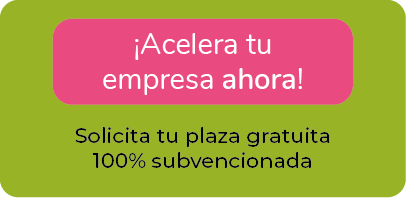

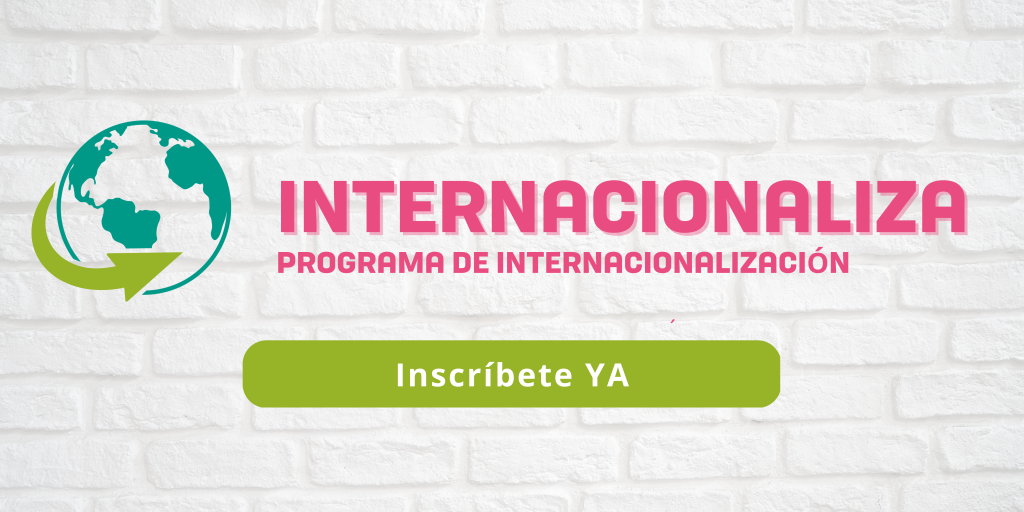
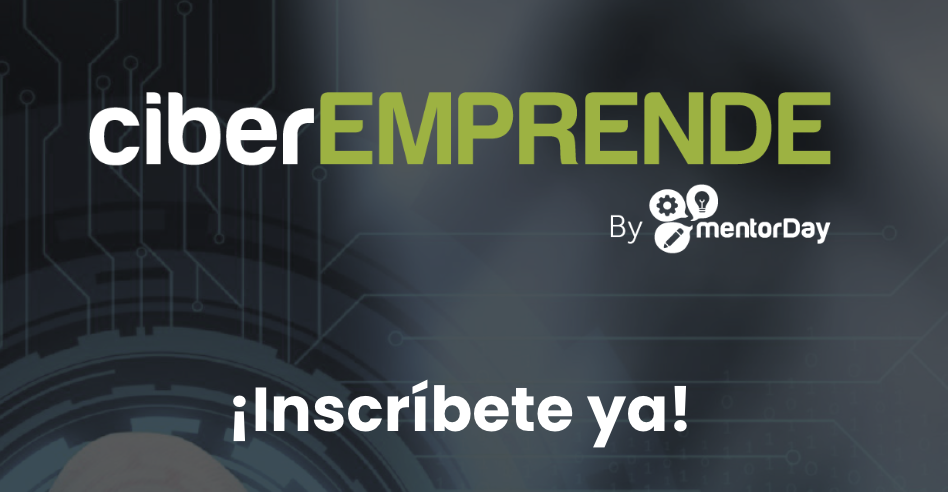

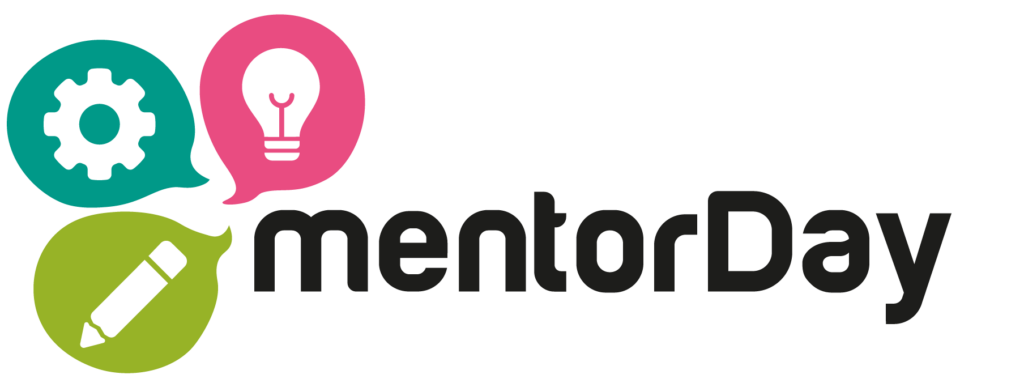

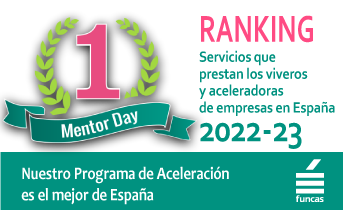
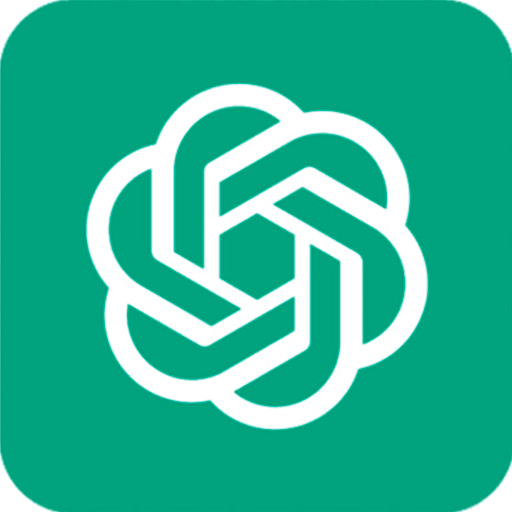
[...] design thinking can help you to find [...]